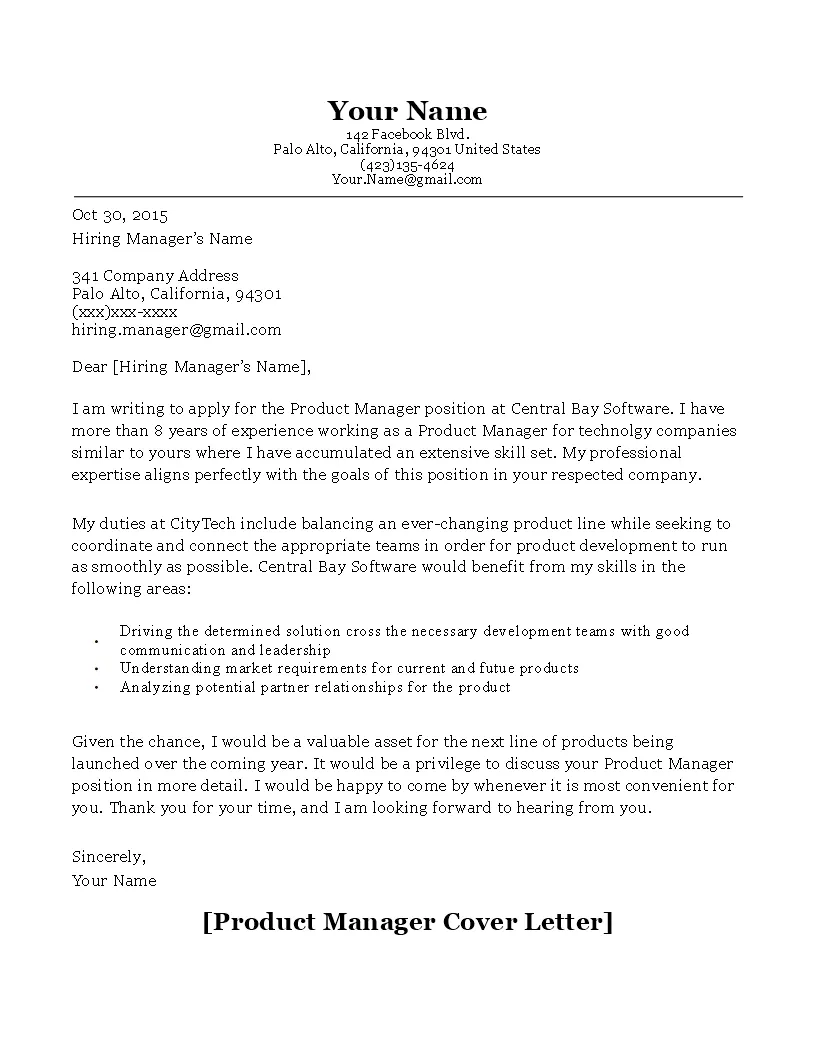Know Your Audience the Hiring Manager
Writing a compelling cover letter is crucial for making a strong first impression on a hiring manager and securing a job interview. One of the most critical aspects of a successful cover letter is addressing the hiring manager correctly. Knowing your audience, the hiring manager, shows that you’ve taken the time to research the company and are genuinely interested in the opportunity. This guide will help you master the art of addressing hiring managers, ensuring your cover letter stands out and increases your chances of landing your dream job. Properly addressing your cover letter immediately sets a professional tone and demonstrates attention to detail, signaling to the hiring manager that you are serious about the position.
Researching the Hiring Manager
Before you begin writing, dedicate time to research the hiring manager. This step not only allows you to personalize your cover letter but also demonstrates initiative and interest in the specific role and company. Start by looking at the job posting itself; often, the name and title of the hiring manager are included. However, if this information is not available, you will need to dig deeper to make a great impression. Use LinkedIn to search for the hiring manager. Search for the company name and the job title you’re applying for. Look for individuals in HR or the department where the job is located. Identify the person responsible for hiring decisions; this research will help you tailor your letter and increase the likelihood of grabbing their attention.
Finding the Hiring Manager’s Name
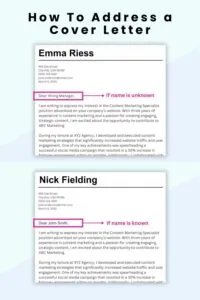
The ideal scenario is to find the hiring manager’s name. Personalizing your cover letter by addressing the hiring manager directly, using their name, makes your application stand out. If you’ve researched on LinkedIn, you should be able to find the hiring manager’s name. If not, visit the company’s website and explore the ‘About Us’ or ‘Team’ sections. In large companies, the name may be buried within a list of employees. If you’re still unsure, contact the company’s HR department or the recruiter listed in the job posting. A quick phone call or email to inquire can provide you with the necessary information. Once you have the name, double-check the spelling and title to ensure accuracy.
What to Do When You Can’t Find a Name
Despite your best efforts, there might be instances where you can’t find the hiring manager’s name. In such cases, you need to use a professional and respectful alternative. Avoid generic greetings like ‘To Whom It May Concern,’ which can feel impersonal and may make your letter look like a mass application. Instead, use phrases such as ‘Dear Hiring Manager,’ ‘Dear [Department] Hiring Team,’ or ‘Dear [Job Title] Search Committee.’ These greetings are far more engaging and demonstrate that you have considered your audience. Tailor your greeting to the specific job and company. For example, a greeting such as ‘Dear Marketing Team’ for a marketing position indicates that you understand the job function and its relevance to the company.
Crafting the Perfect Greeting
The greeting is the first thing the hiring manager sees, so it’s essential to make a positive impact. A well-crafted greeting establishes the tone for the rest of your cover letter and grabs the reader’s attention immediately. Consider the company culture and the specific role you’re applying for when choosing your greeting. Ensure that your greeting is appropriate for the context. It should be professional, respectful, and tailored to the organization. Moreover, your greeting should reflect your personal brand and should be genuine.
Formal Greetings
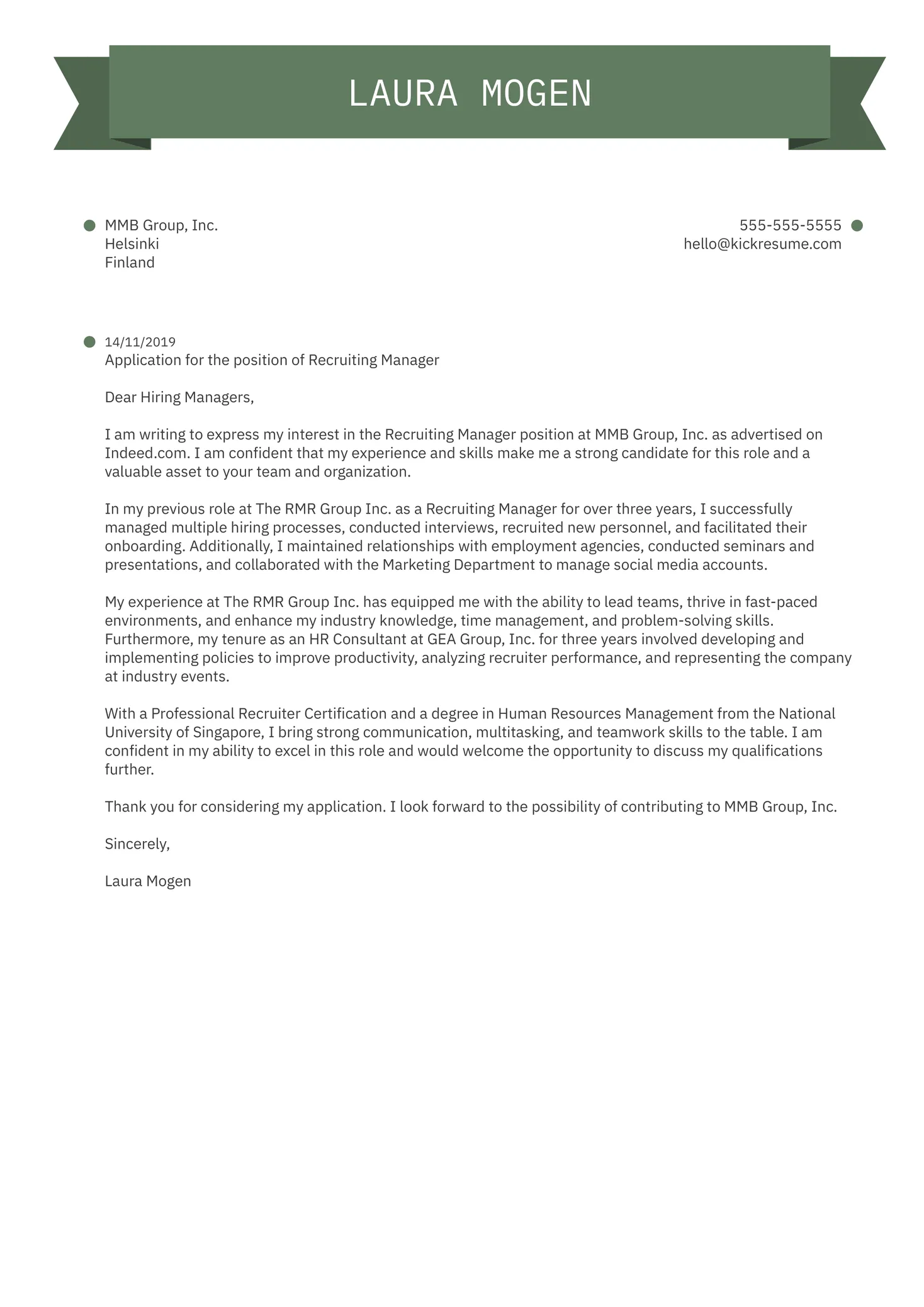
In most professional settings, especially for formal roles or conservative industries, formal greetings are the standard. Use ‘Dear Mr./Ms./Mx. [Last Name]’ if you know the hiring manager’s name. This is a respectful and traditional greeting. Always use the appropriate title (Mr., Ms., or Mx.) based on their preference, and be sure to spell their name correctly. If you don’t know their gender or preferred title, you can use their full name or ‘Dear [First Name] [Last Name].’ Make sure you do your research on the organization and industry to pick the perfect approach.
Informal Greetings
In some modern workplaces, informal greetings might be acceptable or even preferred, particularly in creative, tech-focused, or more relaxed company cultures. If the company culture appears casual, or you’re applying for a role in a creative field, you might consider using ‘Dear [First Name]’ or ‘Hello [First Name].’ This approach creates a more personal and friendly tone. However, be careful. Ensure you have some understanding of the company’s culture before using an informal greeting. When in doubt, a formal greeting is generally the safer option.
Greetings to Avoid
Some greetings can make a negative impression. Avoid generic greetings such as ‘To Whom It May Concern’ and ‘Dear Sir/Madam’ at all costs. These greetings are impersonal and suggest that you haven’t put in the effort to find out who the hiring manager is. Also, avoid overly casual greetings like ‘Hey’ or using nicknames, unless you have an established relationship with the hiring manager. Be professional. These greetings are appropriate for emails to friends, not for a job application. Also, it is not appropriate to use gendered greetings like ‘Dear Sir’ if you are unsure of the hiring manager’s gender. When in doubt, use a gender-neutral greeting.
Highlighting Your Value Proposition
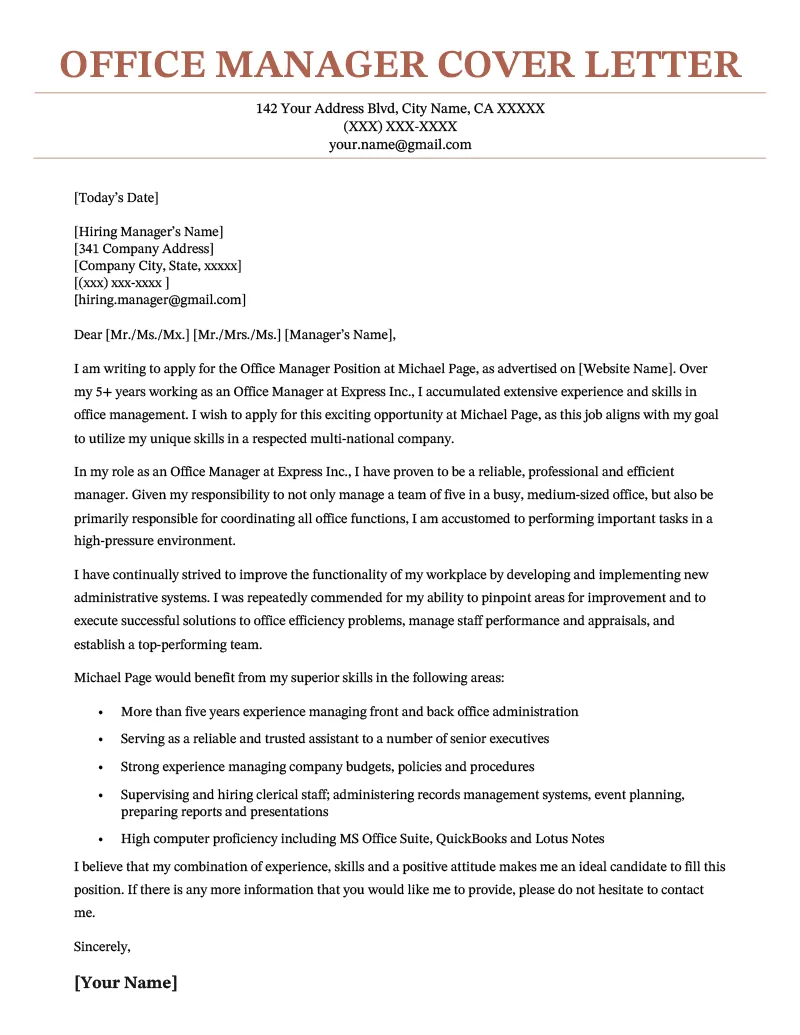
Once you’ve addressed the hiring manager, it’s time to present your value proposition. Your cover letter should clearly communicate what you can offer the company and why you are the best candidate for the job. This section should directly address the needs and requirements outlined in the job description. Demonstrate how your skills, experience, and qualifications align with the role. Make a compelling case for your candidacy by highlighting achievements and demonstrating your capabilities. Furthermore, consider the unique needs of the company. Make it clear why you are the best fit for the role and how you can contribute to the organization’s goals.
Tailoring Your Cover Letter
A generic cover letter is a red flag. Tailor your cover letter to each specific job application. Customize your cover letter by referencing the specific requirements of the role and highlighting how your skills and experience align with those needs. Review the job description carefully and identify the keywords and requirements the hiring manager is looking for. Incorporate these keywords naturally into your cover letter. Provide concrete examples of how you have used your skills and achieved results in the past. Show, don’t just tell, how you meet the requirements outlined in the job description. Customize the letter to the organization. Show that you’ve researched the company, understand its mission, and are excited about the opportunity to contribute.
Showcasing Relevant Skills and Experience
The core of your cover letter should be a compelling narrative showcasing your relevant skills and experience. Focus on the skills and experiences that are most relevant to the job you are applying for. Use the STAR method (Situation, Task, Action, Result) to describe your achievements. This will make it easy for the hiring manager to understand your accomplishments and how you contributed to past successes. Quantify your achievements whenever possible. For example, instead of saying ‘Improved customer service,’ say ‘Improved customer satisfaction scores by 20%.’ Be clear and concise in your writing. Avoid jargon or technical terms that the hiring manager might not understand. Keep your focus on the key requirements of the job. Highlighting your relevant skills and experience will significantly increase your chances of getting an interview.
Demonstrating Enthusiasm and Interest
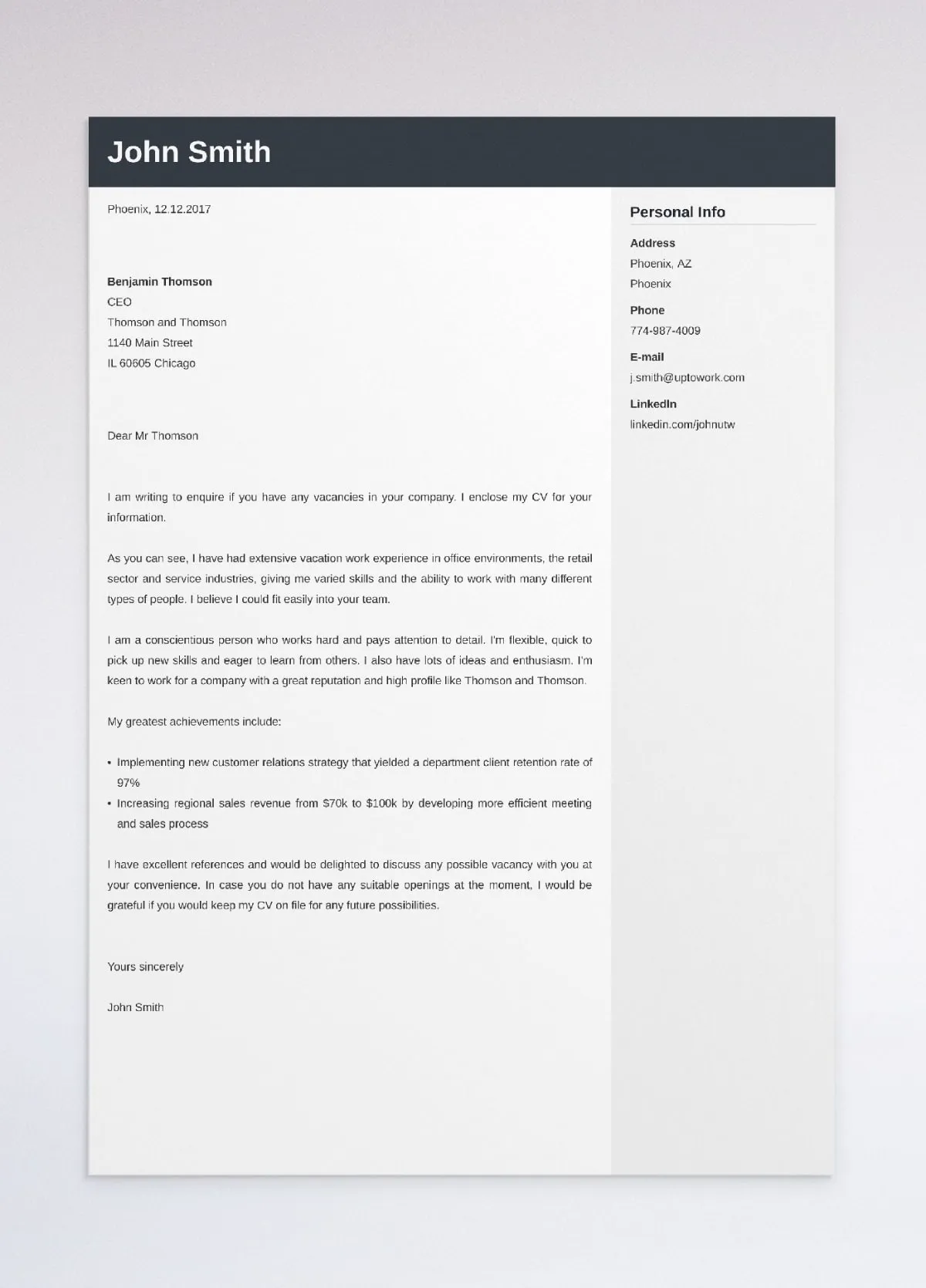
Hiring managers want to hire individuals who are genuinely excited about the opportunity. Show your enthusiasm for the role and the company. Express your interest in the company’s mission, values, and recent accomplishments. Explain why you are interested in the specific position and what attracts you to the company. This shows that you are not just looking for any job but are genuinely interested in this opportunity. Express your desire to contribute to the company’s goals and what you can bring to the table. Your enthusiasm will make a positive impression and set you apart from other candidates. When you show excitement, you communicate to the hiring manager that you are more likely to succeed in the role.
Ending Your Cover Letter with Impact
The conclusion of your cover letter is your final chance to make a lasting impression. A strong closing paragraph should summarize your interest in the role, reiterate your qualifications, and encourage the hiring manager to contact you. It is essential to maintain a professional tone throughout the ending and provide a clear call to action. End on a positive note, thank the hiring manager for their time and consideration, and express your enthusiasm to discuss your qualifications further. Also, review your conclusion to see if it reflects your personal brand.
Professional Closings
Your closing should be professional and respectful. Some of the most common and effective closings include ‘Sincerely,’ ‘Best regards,’ ‘Kind regards,’ and ‘Thank you for your consideration.’ Choose a closing that fits the tone of your cover letter and the company culture. When you have built a rapport with the hiring manager, more casual closings, such as ‘Best,’ may be appropriate. Ensure you have considered your audience. Choose a closing statement that reflects your personality and style. The closing should be consistent with the rest of your cover letter. The closing is your final opportunity to reinforce your professionalism and your interest in the role.
Contact Information
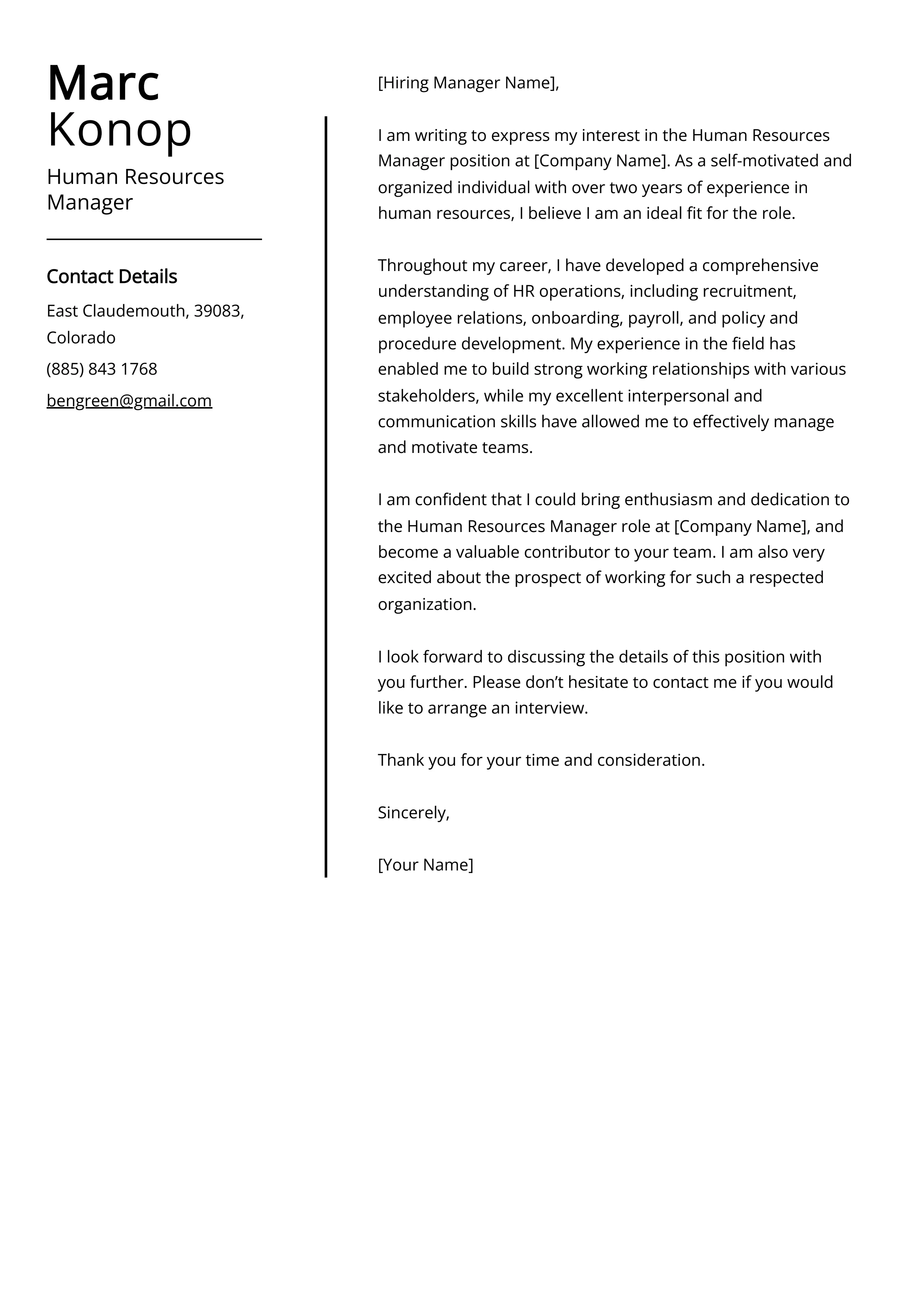
Include your contact information. Make sure your contact information is easy to find and accurate. Include your phone number, email address, and LinkedIn profile URL (if applicable). Ensure your contact information is professional. Use a professional email address. Avoid nicknames or unprofessional email addresses. Your phone number should be current and have a professional voicemail message. Double-check all your contact information for accuracy. Make it easy for the hiring manager to contact you for an interview.
Proofreading and Reviewing
Before submitting your cover letter, carefully proofread and review it. Errors can make a negative impression and undermine your qualifications. Proofreading ensures that your cover letter is free of errors, well-written, and polished. This process is critical for making a positive impression. Take the time to check for typos, grammatical errors, and inconsistencies. Proofreading can make all the difference. A cover letter with errors suggests that you lack attention to detail or don’t care enough to present yourself professionally.
Checking for Errors
Thoroughly check your cover letter for any errors. Use a grammar checker. Tools such as Grammarly can help identify grammatical errors, spelling mistakes, and punctuation issues. Proofread for clarity and flow. Ensure that your cover letter is easy to read and flows logically. Read your cover letter aloud. Reading your cover letter out loud can help you catch errors that you might miss when reading silently. Check for consistency. Ensure that your formatting, font, and tone are consistent throughout the document. The cover letter should be free of typos, grammatical errors, and formatting inconsistencies. This will help ensure your professionalism and attention to detail.
Seeking Feedback
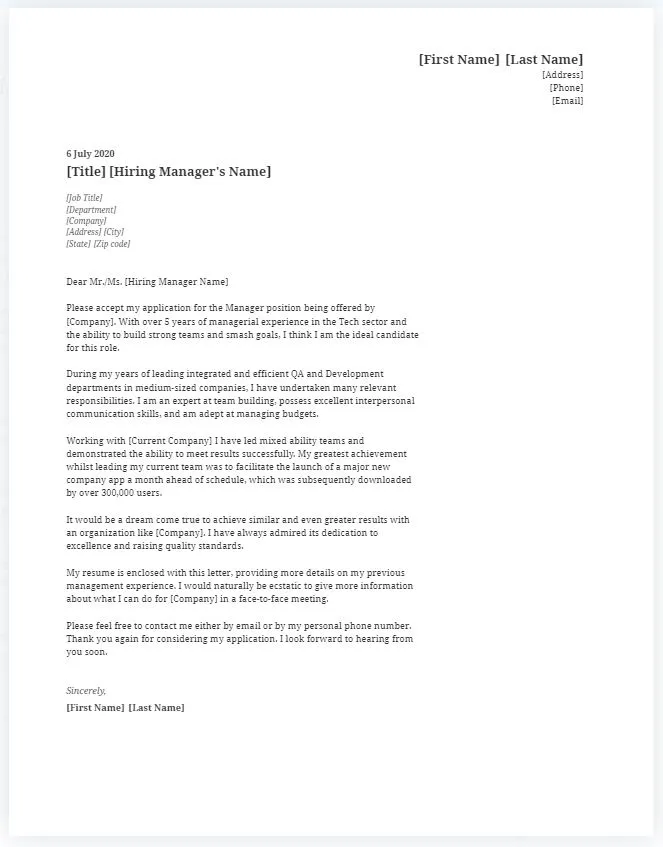
After proofreading your cover letter, seek feedback from others. Ask a friend, family member, career counselor, or colleague to review your cover letter. They can provide a fresh perspective and catch errors that you may have missed. Ask for specific feedback. Request feedback on the content, clarity, and overall impression of your cover letter. Consider the feedback carefully. Take their suggestions and incorporate changes to improve your cover letter. Also, be open to constructive criticism, even if it is difficult to hear. You can improve the quality of your cover letter through feedback. By carefully proofreading and reviewing your cover letter, you can improve your chances of making a positive first impression.
